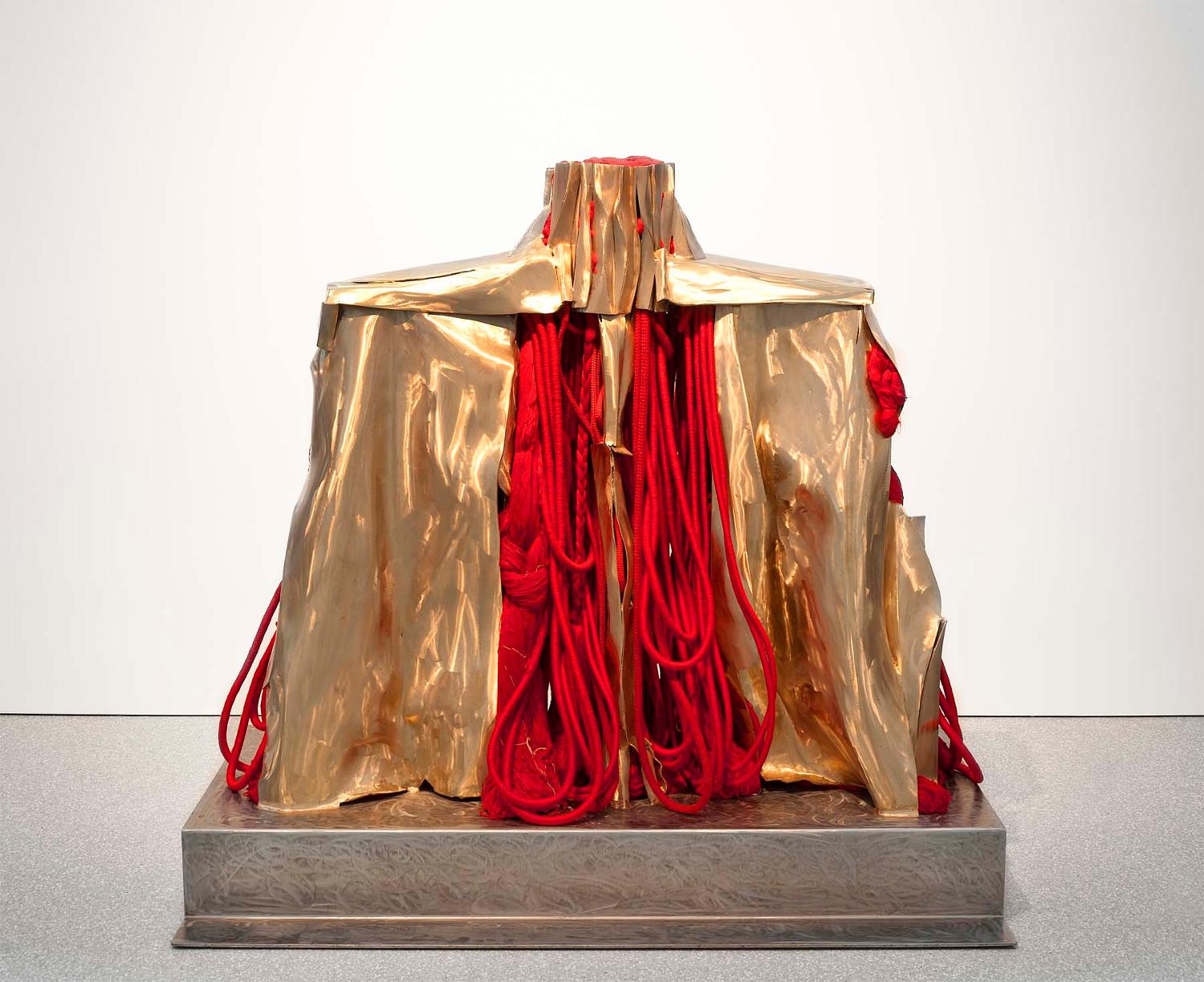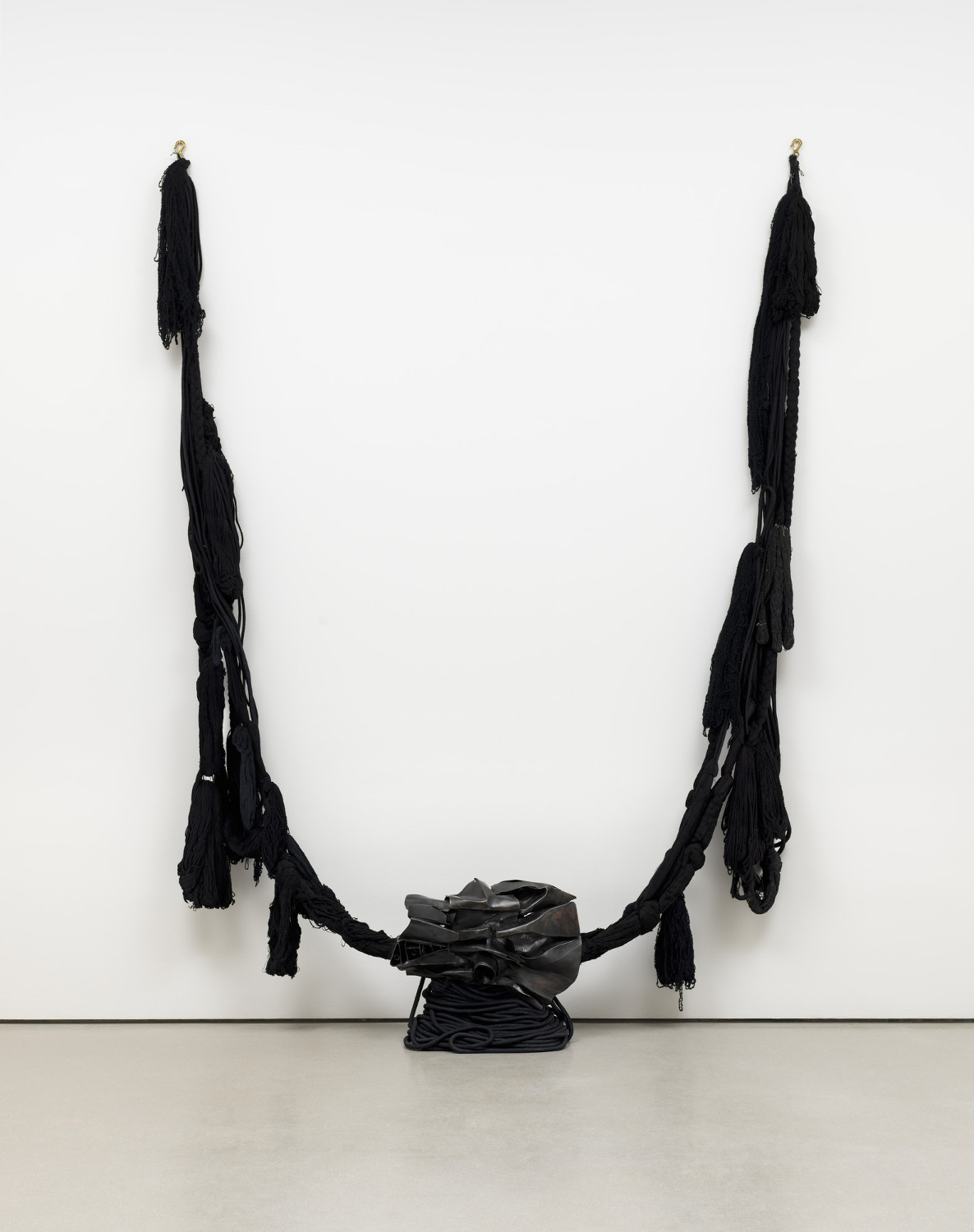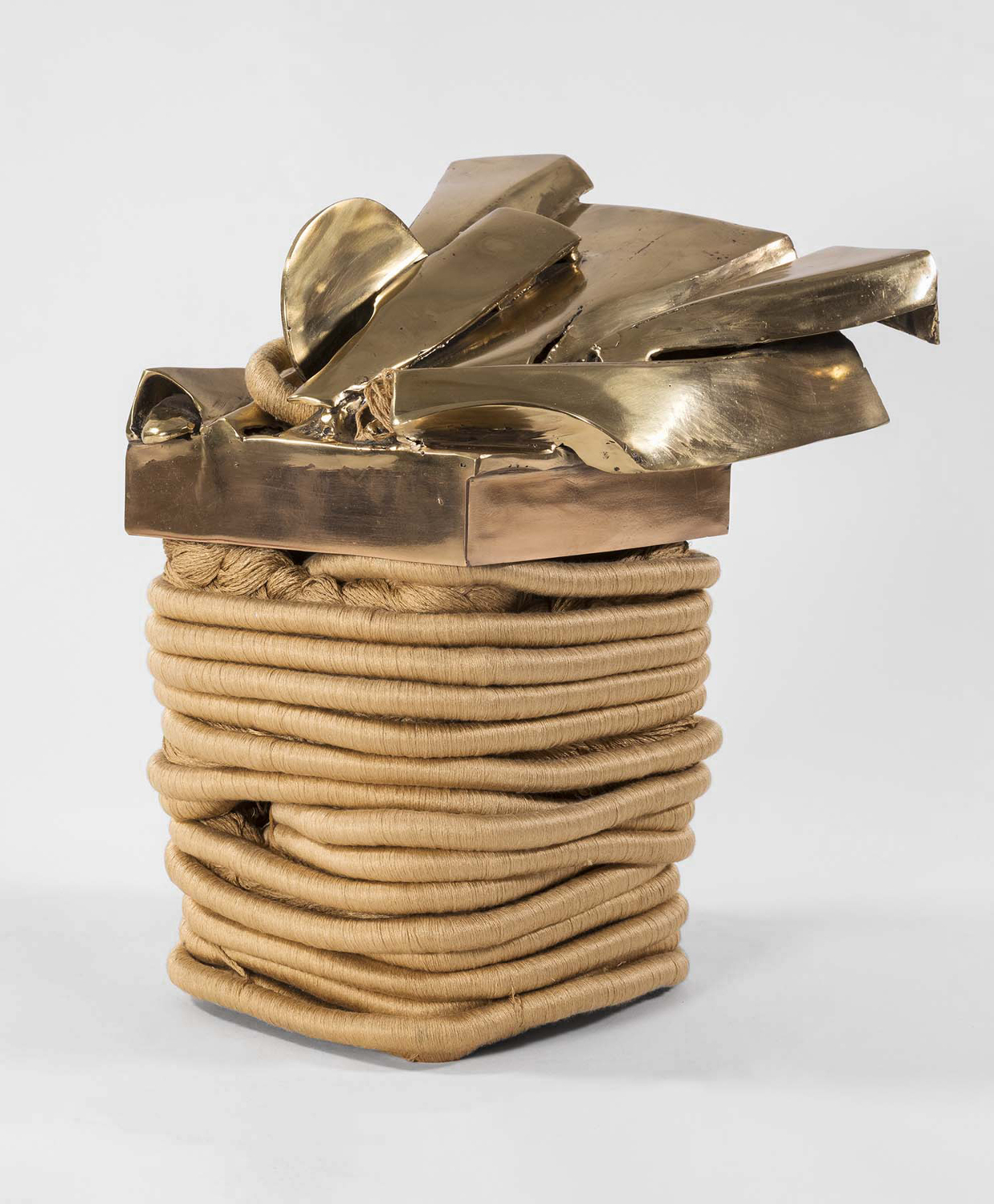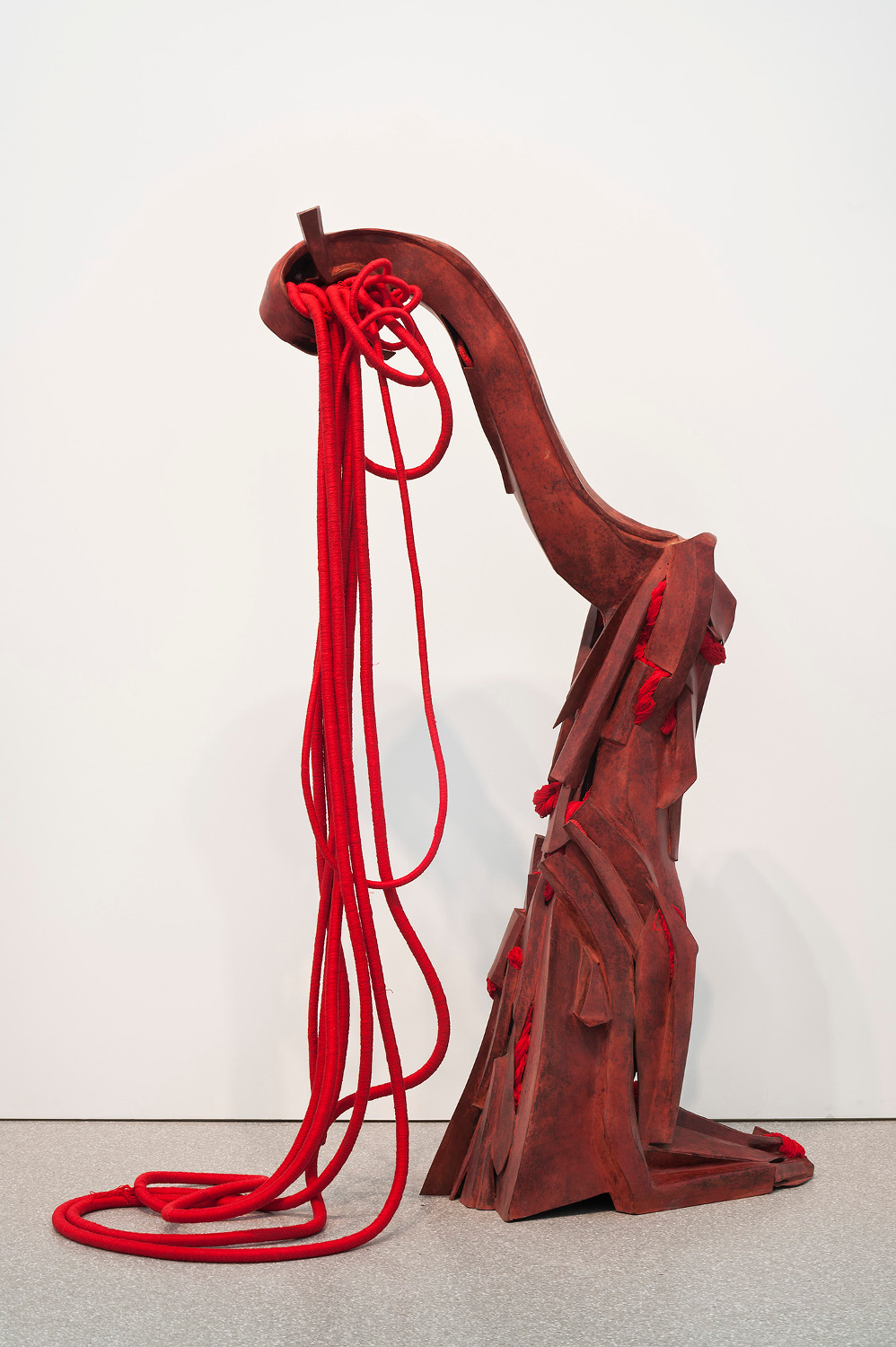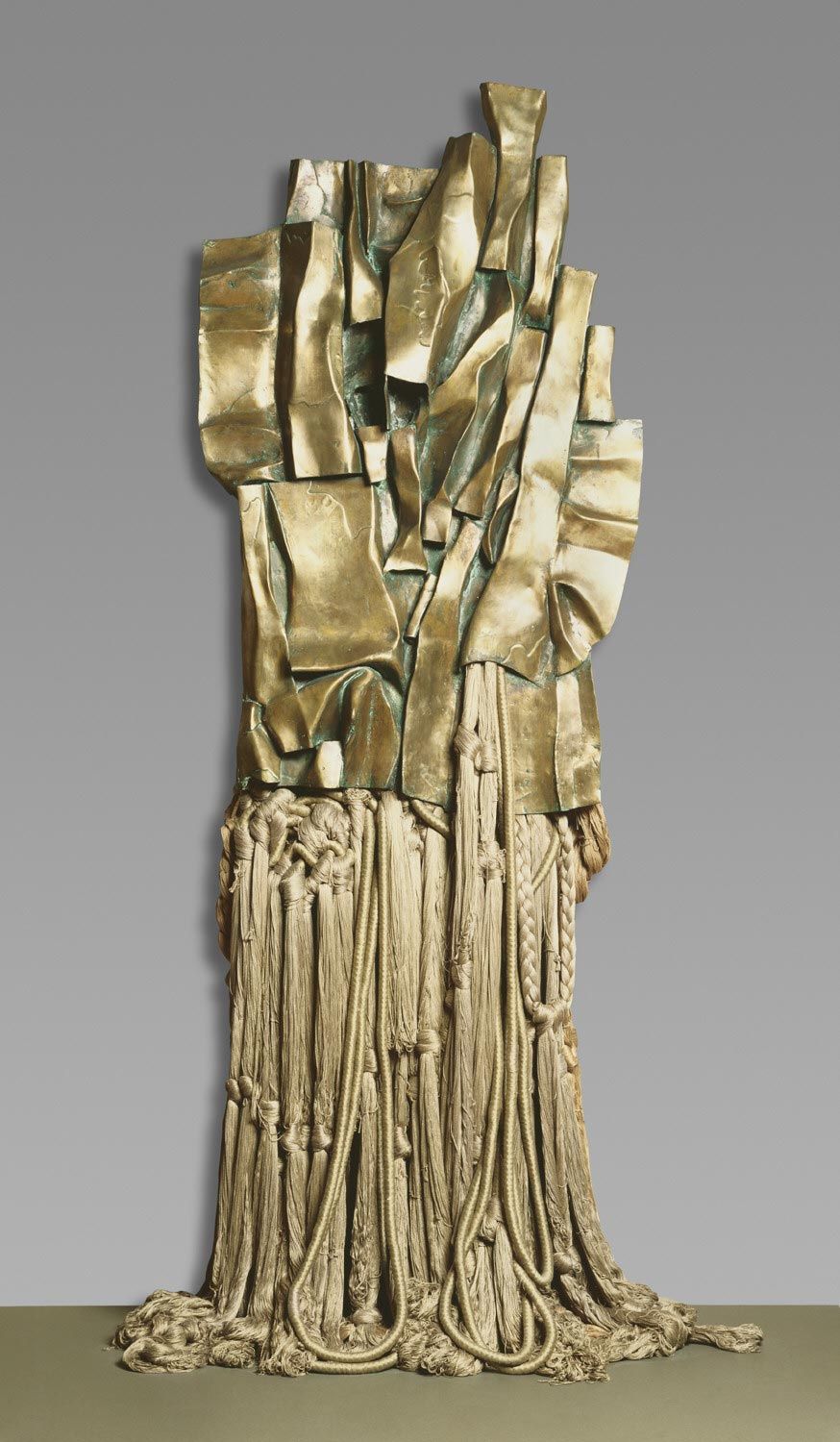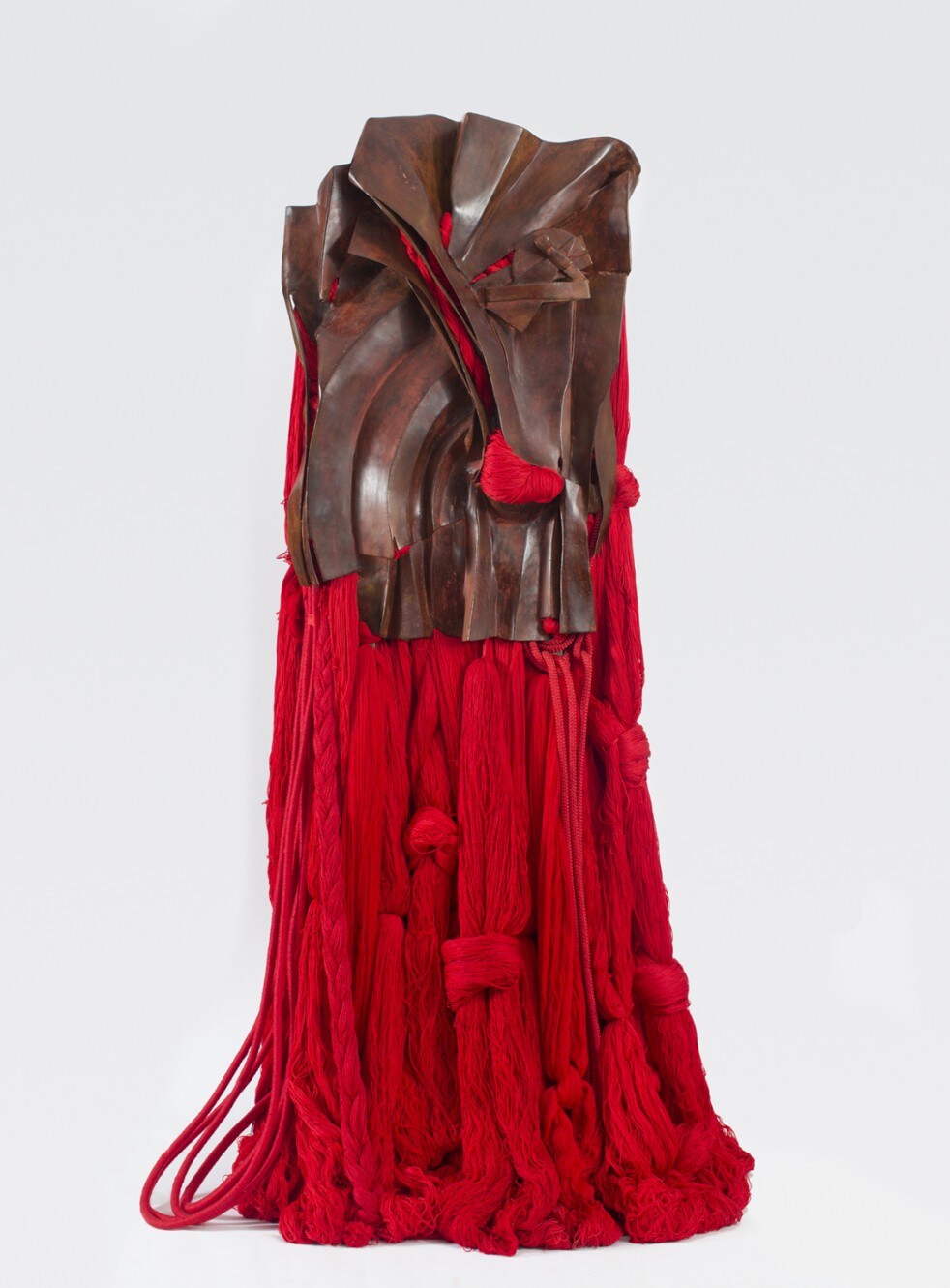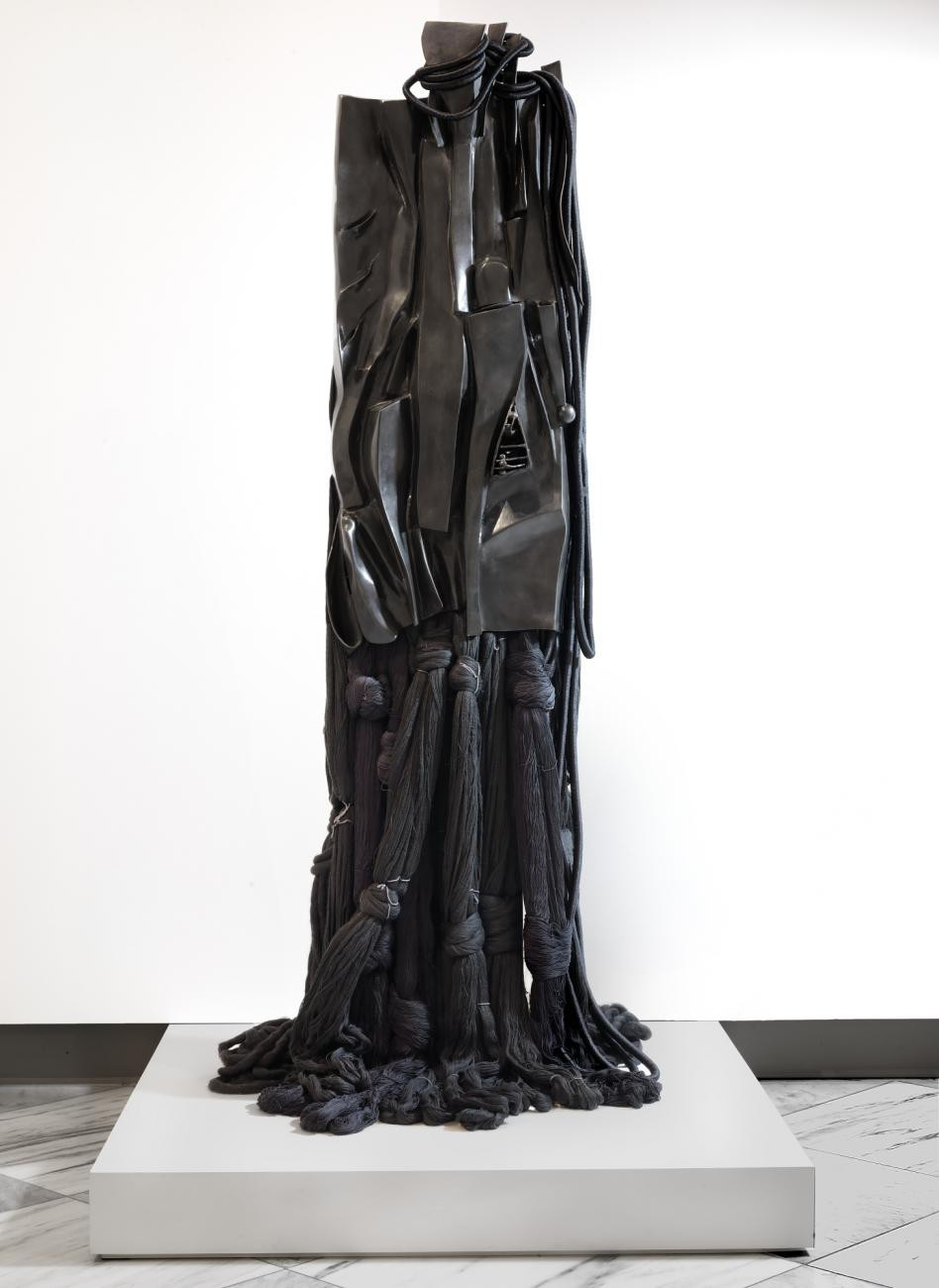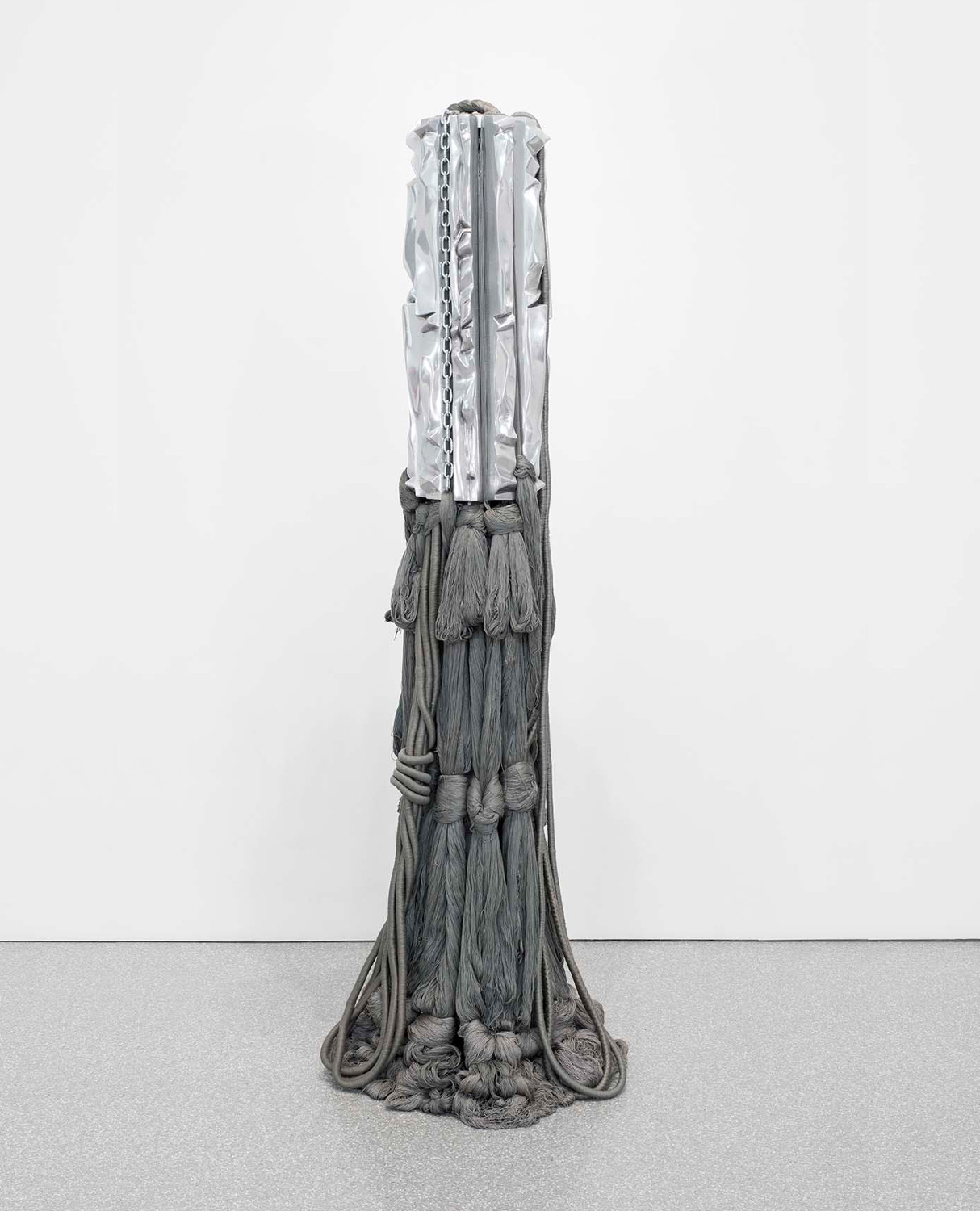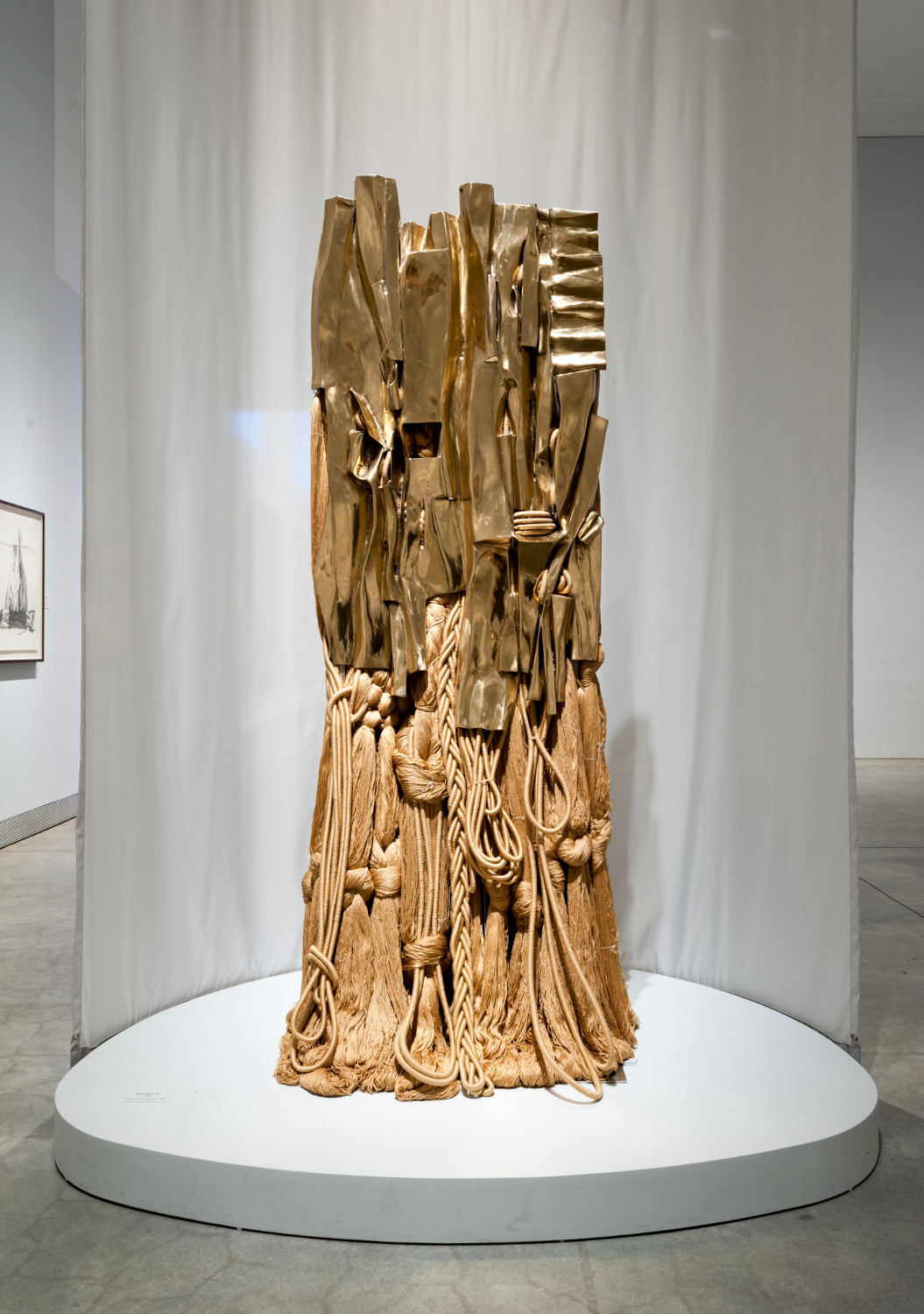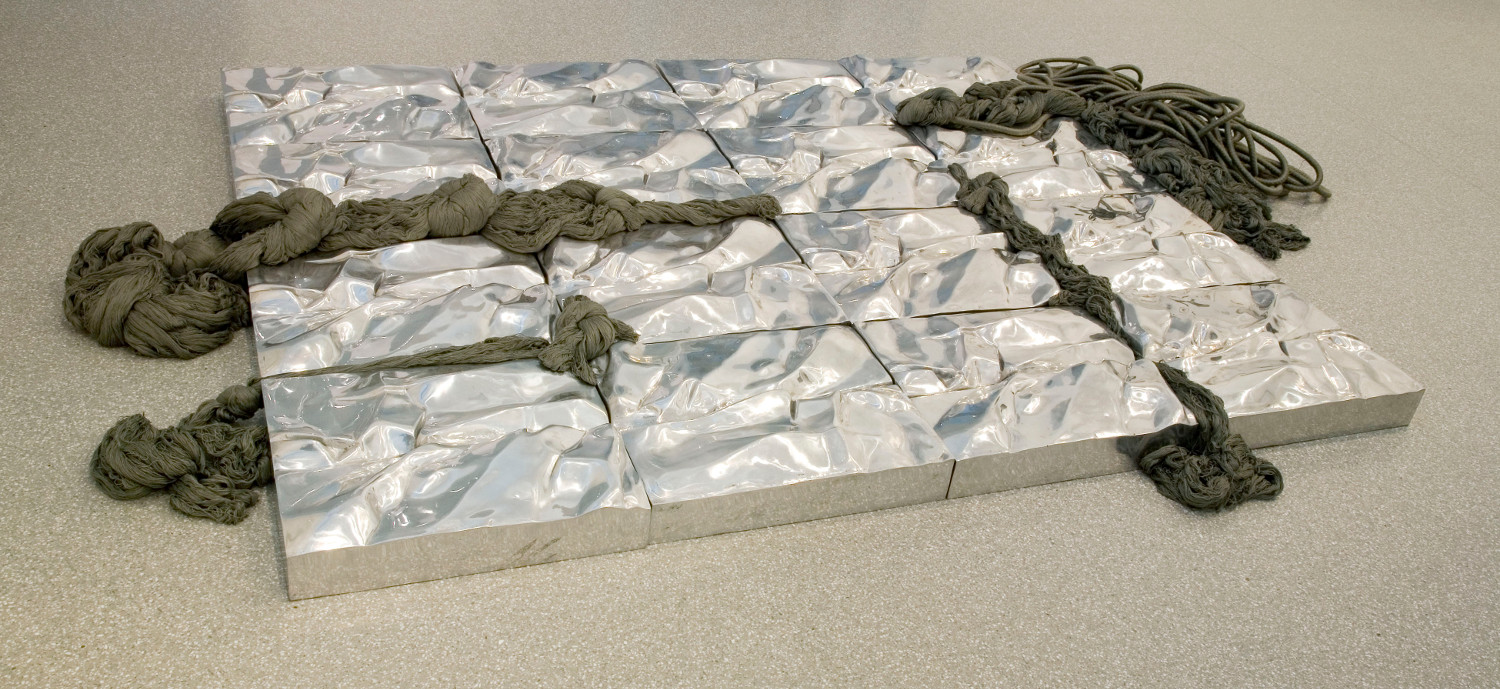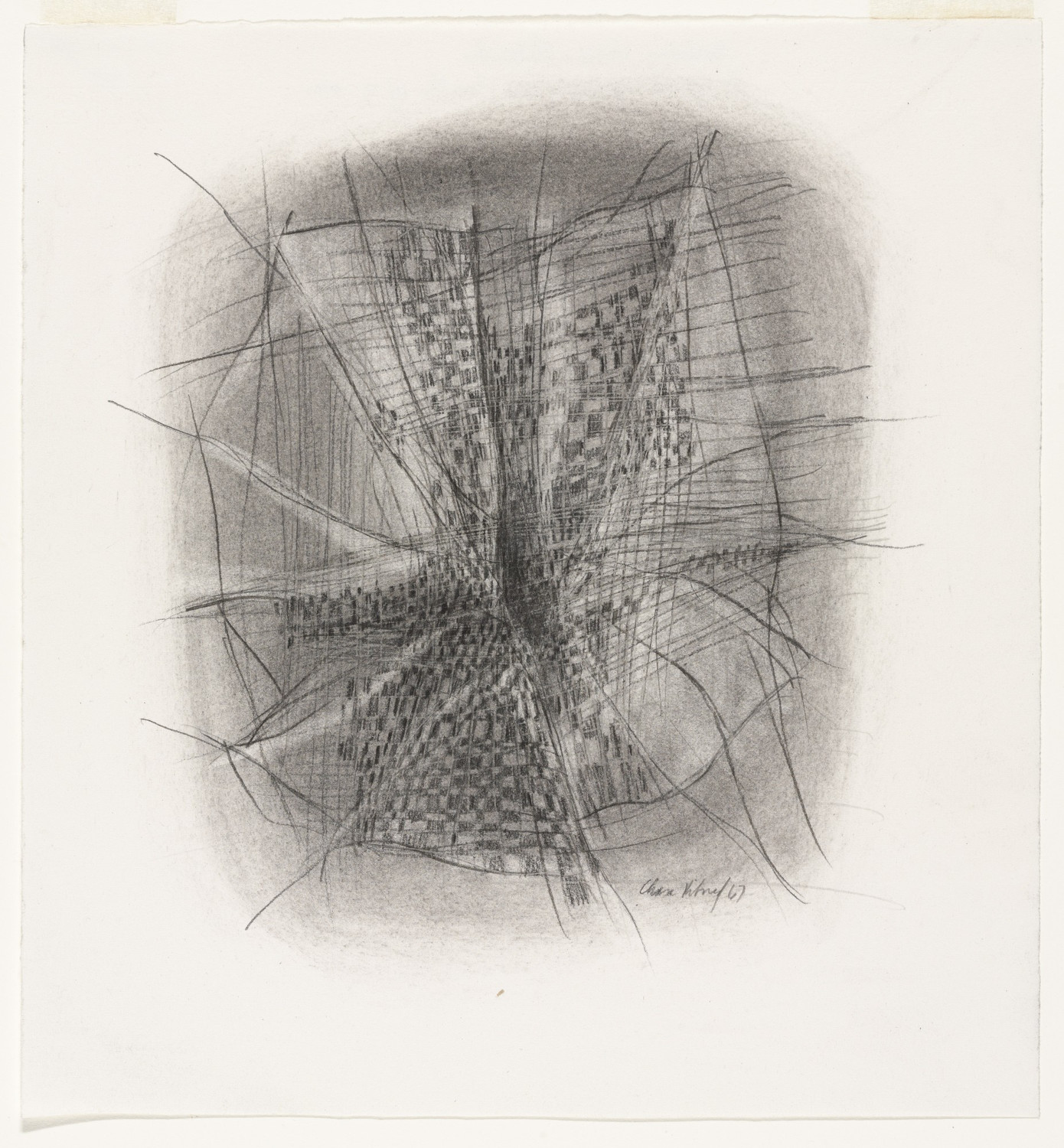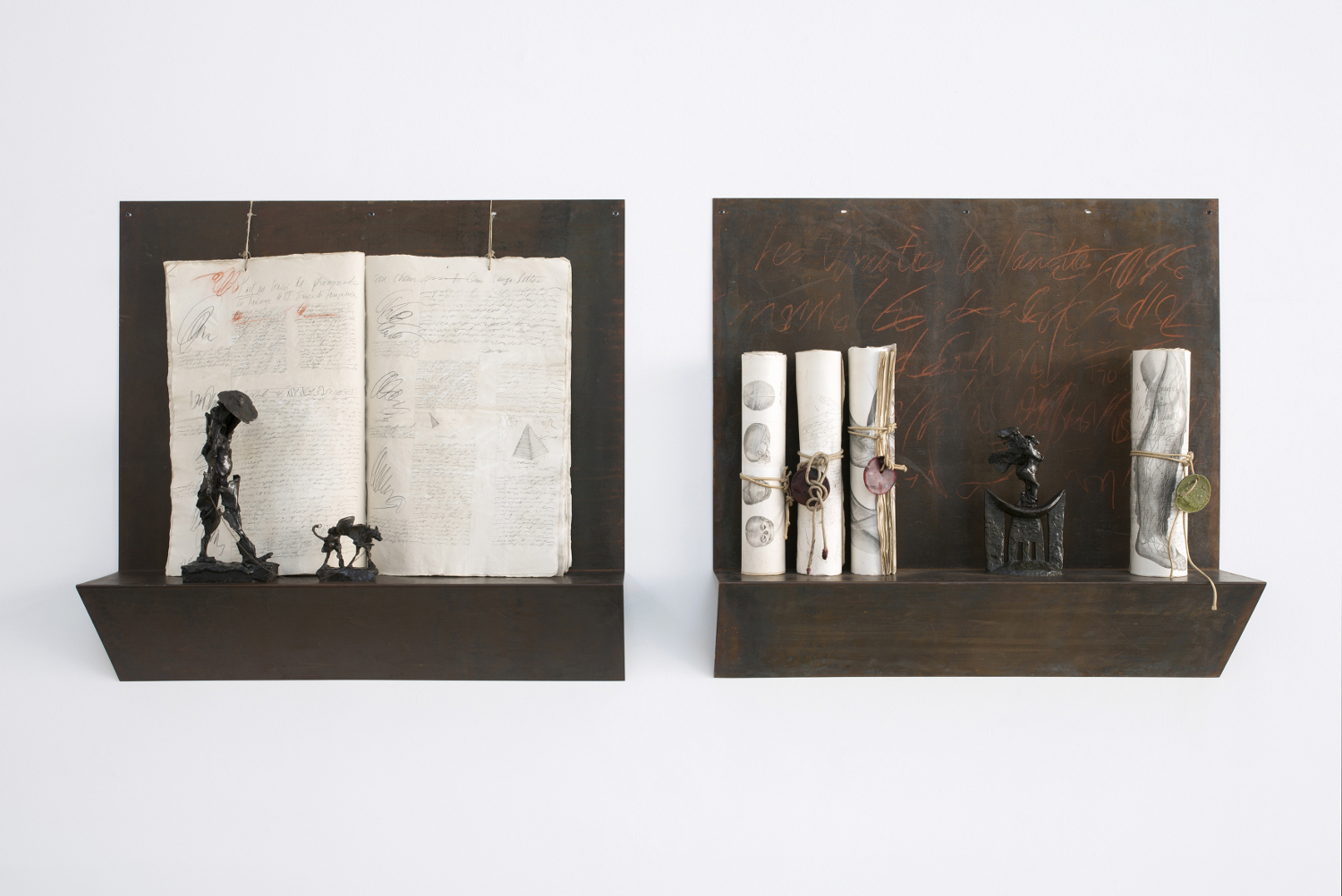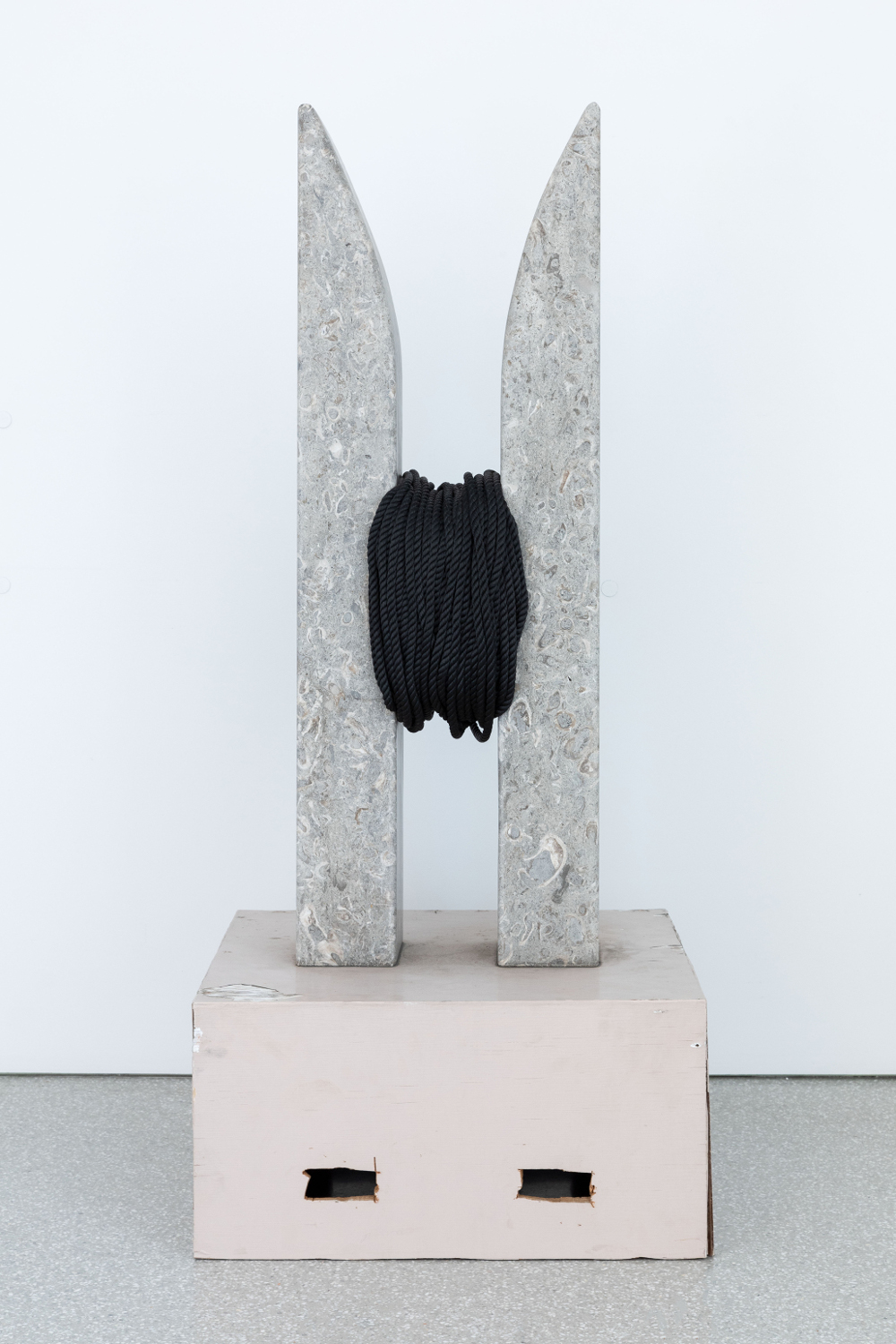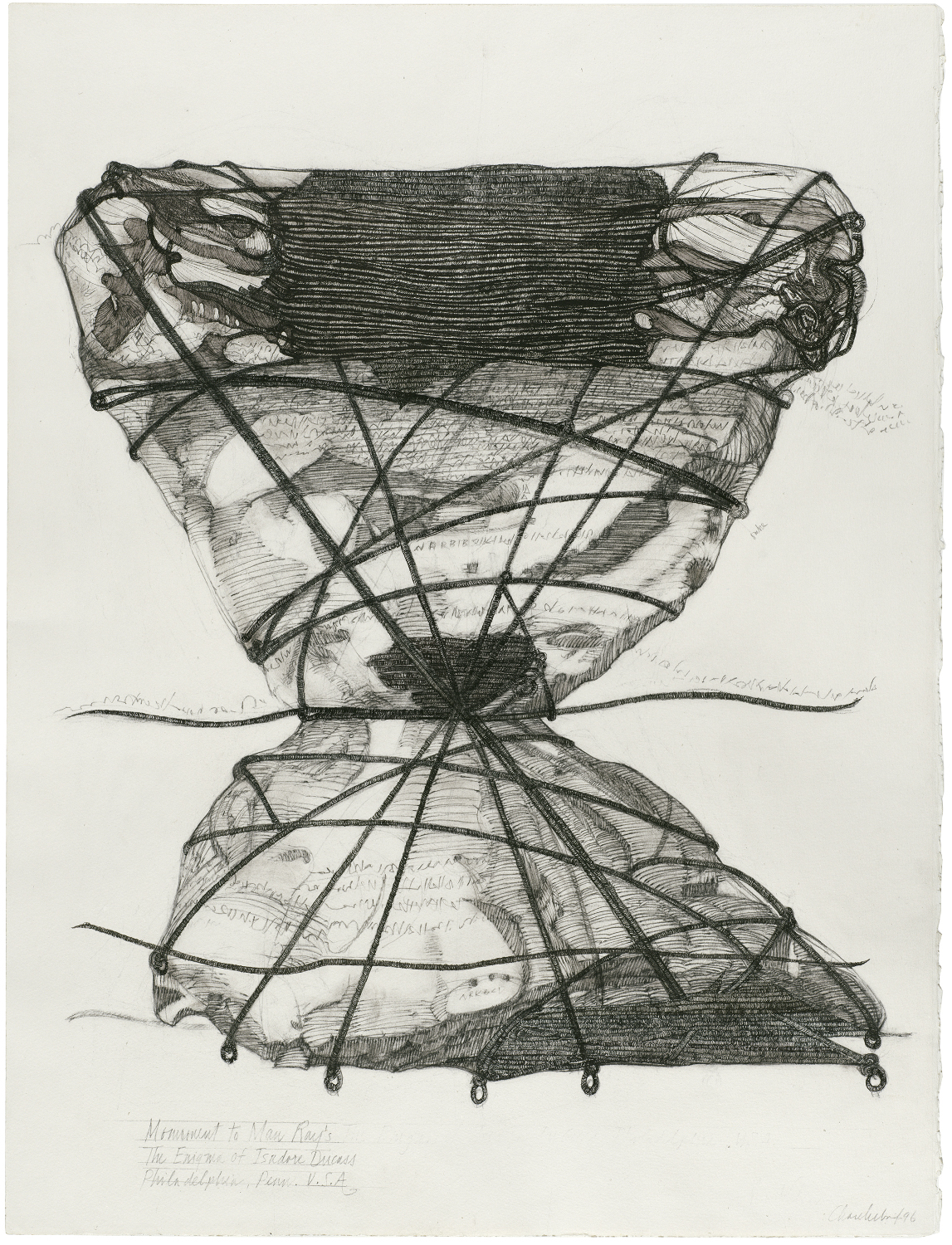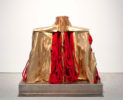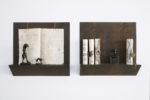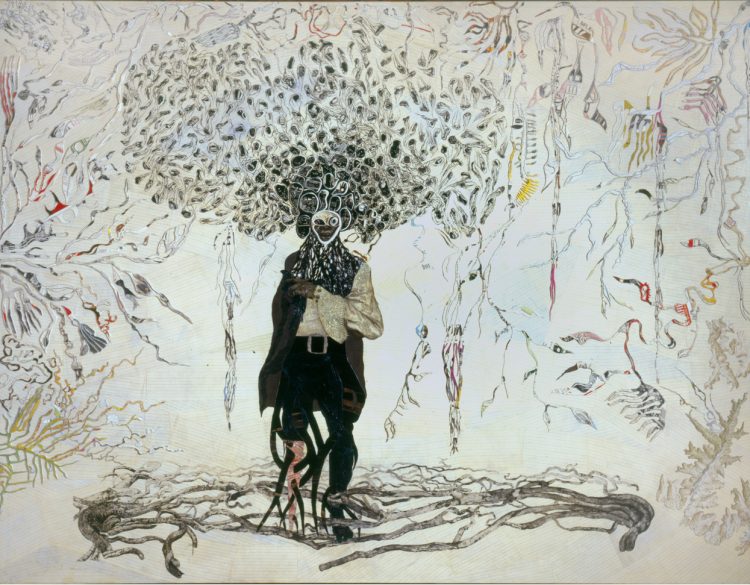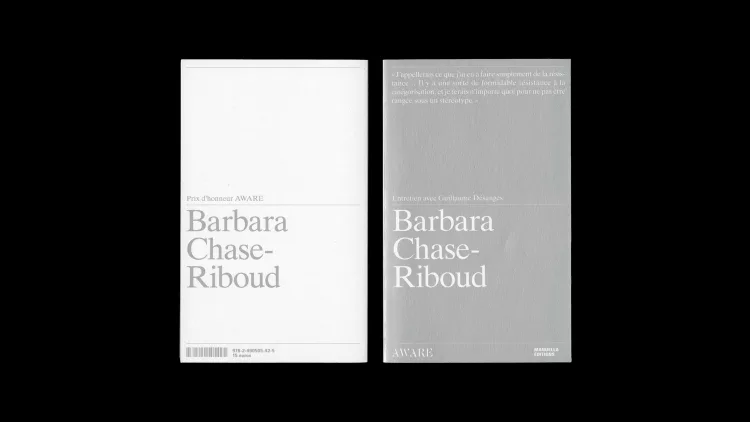Barbara Chase-Riboud
Published interview prix AWARE
→Yesomi Umolu and Chris Bayley (eds.), Barbara Chase-Riboud: Infinite Folds, exh. cat., Serpentine Gallery, London (11 October 2022 — 10 April 2023), London, Serpentine Gallery, 2023
→Selz, Peter Howard & Janson, Anthony F., Barbara Chase-Riboud, sculptor, New York, Harry N. Abrams, 1999
→Bury P. & Chachin F., Chase Riboud, exh. cat., musée d’Art moderne de la Ville de Paris (1974), Paris, Éditions du musée de la Ville de Paris, 1974
Chase Riboud : vingt cinq avril – deux juin, mille neuf cent soixante quatorze, musée d’Art moderne de la Ville de Paris, 1974
→Barbara Chase-Riboud: the Malcolm X steles, Philadelphia Museum of Art ; University of California Berkeley Art Museum, 2013-2014
American visual artist.
Particularly precocious, at the age of 18 Barbara Chase-Riboud won a scholarship to study at the American Academy in Rome. She used this opportunity to travel to Egypt where the art of the pharaohs made a great impression on her, as seen in The Last Supper (1958). After returning to the United States in 1958, she attended Yale. The only African-American woman in her department, she studied painting with the former Bauhaus master Josef Albers, and design with Louis Kahn. The rigour of the former and the spirituality of the latter stimulated her creativity. Mostly abstract, her visual language made opposing elements clash: the hard and the soft, the noble and the trivial, the masculine and the feminine, and so on. After moving to France and marrying the Magnum photographer Marc Riboud, she went on numerous trips, notably to the USSR and China. Her encounter with the figures of the Black Panther Party at the Pan African Festival in Algiers in 1966 revolutionised her work, which became definitely more politically committed, as seen in the Malcolm X series (1970).
Exhibited in the United States in 1970, her sculptures in polished bronze combined with silk and wool ropes revealed her affinity with Sheila Hicks (born in 1934) and Magdalena Abakanowicz (1930-2017). Her deepest inspiration came from her travels in Africa, where she became familiar with the natural materials of raffia and hemp. In the 1980s she began her career as a novelist with the bestseller Sally Hemings (1979): a novel about the slave and mistress of President Thomas Jefferson. Amongst her works is the politically charged sculpture, Africa Rising (1998), a commission in honour of New York’s historic African cemetery. This monumental bronze work, inspired by the Victory of Samothrace, combines a Shona (a tribe from Zimbabwe) style base with Ashanti (a tribe from Ghana) elements. Featuring a profile of Hottentot Venus and nicknamed “The African Victory”, it is decorated with pendants representing African-American figures, such as the thinker W. E. B. Du Bois.
© Éditions des femmes – Antoinette Fouque, 2013
© Archives of Women Artists, Research and Exhibitions, 2020



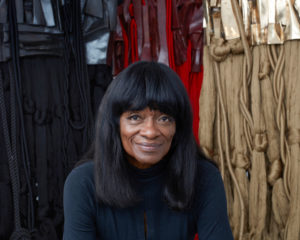
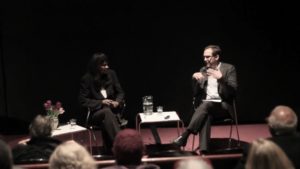 A Conversation with Barbara Chase-Riboud
A Conversation with Barbara Chase-Riboud 